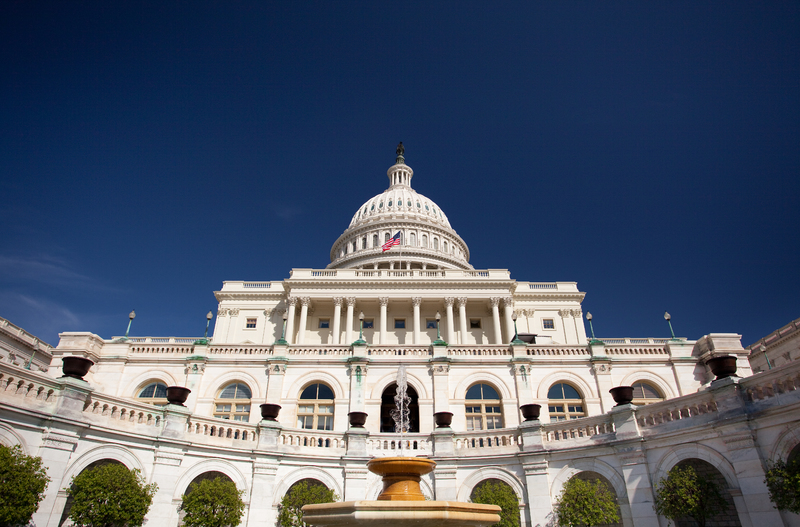Late last night President Trump signed the new stimulus bill, which is part of a larger federal funding bill, into law. While this bill is over 5000 pages in length we’ve synthesized some of the major points that are pertinent to retirees, investors, and small business owners.
STIMULUS CHECKS
With similar rules as the CARES Act stimulus payment, most Americans can expect to receive a $600 stimulus, including children under 17. The phase out begins at $75,000 2019 adjusted gross income (AGI) for individual taxpayers and $150,000 for joint filers. A full phase out doesn’t have a specific income threshold, rather the more stimulus dollars for which the household qualifies, the higher the phase out. To calculate: for every $100 your AGI is over the phase out base, reduce your stimulus amount by $5. If you would in fact qualify for a stimulus check based on your 2020 income but not 2019, then you can expect the rebate as a credit when you file your 2020 tax return.
UNEMPLOYMENT BENEFITS
Regular and Pandemic unemployment has been extended for an additional 11 weeks. The Act also increases unemployment compensation by $300 per week.
CHARITABLE CONTRIBUTIONS
For those not itemizing deductions, the CARES Act allows a $300 above the line deduction for charitable donations for single and joint filers. The new Act extends the deduction through 2021 and allows married couples to to deduct up to $600, for 2021 only.
When making an all cash contribution to a charity the CARES Act allows a deduction up to 100% of AGI, the new Act extends this for 2021.
AGI FOR MEDICAL EXPENSE DEDUCTION
In order to deduct medical expenses, previously the expenses had to be above 10% of AGI, that has now been reduced to 7.5%.
LIFETIME LEARNING CREDIT
2020 is the last year for the “tuition and related expenses” “above the line” tax deduction. Replacing it is a new and improved Lifetime Learning Credit which has a better AGI phase out of $80,000 – $90,000 for single filers and $160,000 – $180,000 for those filing jointly.
EMPLOYER PAYMENTS OF STUDENT LOANS
The CARES Act authorized businesses to pay up to $5,250 of student loans for an employee, income tax free. The new Act extends this benefit through 2025.
FLEXIBLE SPENDING ACCOUNTS
Normally at the end of the year you forfeit any unused funds. For 2020 an employer is permitted to allow employees to carry funds forward into 2021. For 2021 funds will also be allowed to be carried into 2022. This is for both dependent and healthcare FSAs.
PAYROLL TAX DEFERRAL
If under President Trump’s August 8th executive order you deferred your payroll taxes from September 1 through the end of the year, you now have until the end of 2021 to pay it back.
PAYCHECK PROTECTION PART 2
First, the bill clarifies that expenses paid with the forgivable loan funds are still tax deductible. It also reopens PPP Part 1 for those businesses that did not get the first round. For round two the same rules apply, 60% of the funds must be used for payroll expenses while the other 40% can be used for other expenses including several new qualifying categories such as personal protective equipment for workers. All PPP borrowers get to choose an 8- or 24-week coverage period, whichever suits their business best. Eligibility for PPP Part 2 are different than the first round: 1) the business can have no more than 300 employees, 2) the business must have had a drop in revenue by at least 25% in any quarter compared to the same quarter in 2019, 3) the maximum loan amount is $2 million, 4) business can apply for 2.5 times monthly payroll, however accommodation and food services can apply for 3.5 times.
EMPLOYEE RETENTION CREDIT
This is a refundable Payroll Tax credit for businesses with a 20% decline in quarterly revenue that was authorized under the CARES Act for 2020 only. The new Act extends eligibility for the first half of 2021. The amount of wages per employee that are eligible for the credit have been increased from $10,000 total to $10,000 per quarter. (The credit rate is 50% to 70%).
MEAL DEDUCTIONS
To encourage business spending at restaurants, meals are 100% deductible for 2021 and 2022.
WE ARE HERE FOR YOU
There are many other parts to this mammoth Act. If you need help navigating how the new Act affects you, please don’t hesitate to reach out.




